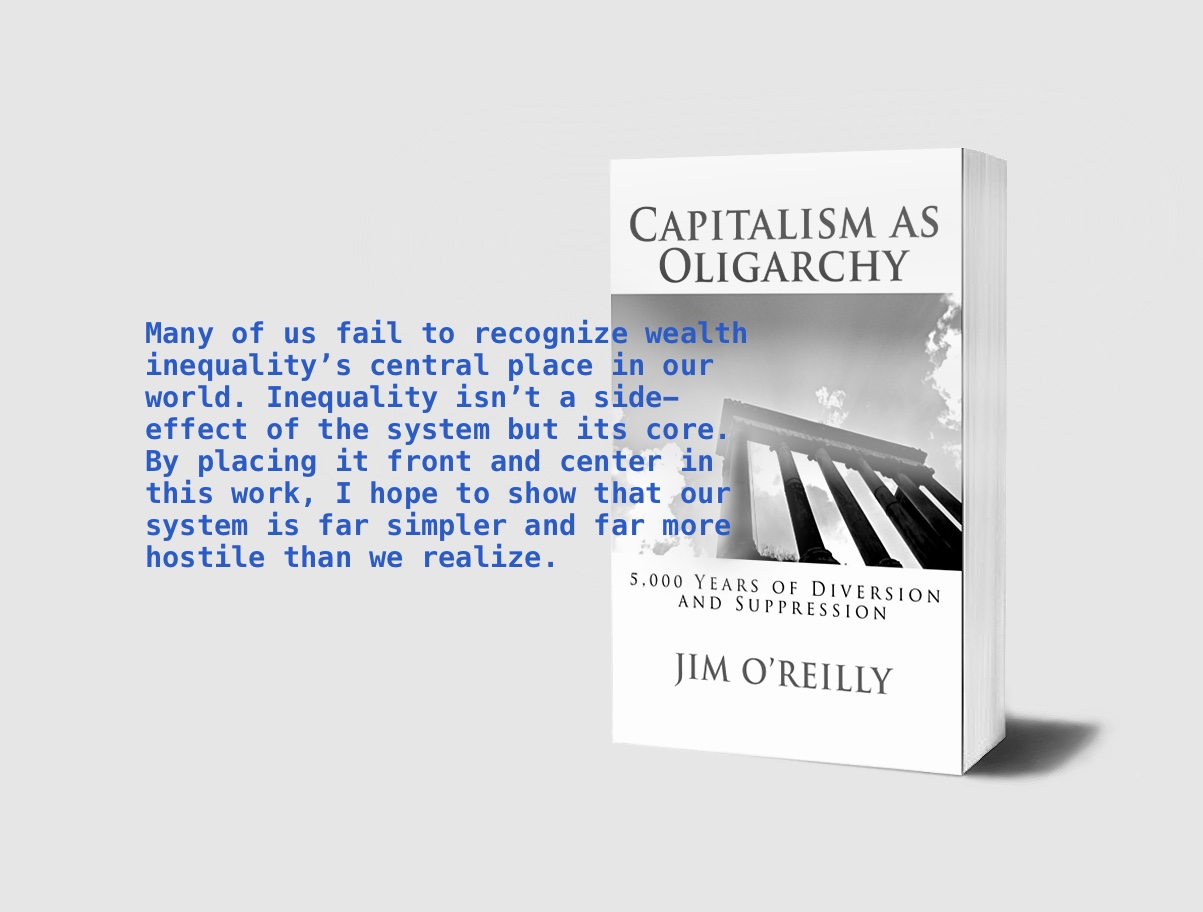The Senate filibuster and the ‘constitutional option’
The problems in American democracy are so large one doesn’t know where to begin. This post looks at the undemocratic nature of the Senate filibuster in which only 41 votes can kill almost any bill. The filibuster all but guarantees truly progressive legislation will never see the light of day and makes a mockery of the concept of majority rule. It is one of the seriously regressive features in the institutional structure of the US government and it places the country in the firm grasp of the status quo.
An article by Martin B. Gold and Dimple Gupta in the Harvard Journal of Law & Public Policy provides an excellent summary of the history of the filibuster and the attempts to overcome it through what has become known as the constitutional option. This option has a long history and substantial pressure should be maintained on democratic senators to support it. Eliminating the filibuster would be a truly major step forward for democracy in this country. Here is a very brief overview of the article.
The filibuster was unknown in the first Senate as debate could be ended with a simple majority. This parliamentary practice was a well established tradition in legislatures of the time. “Neither the concept nor the practice of filibustering to prevent majority rule existed in the early US Senate”. The senate opened itself to filibuster in 1806 by passing a routine procedural motion that re-coded the Standing Rules of the Senate and “by sheer oversight” failed to provide for cloture. This failure allowed just one Senator to filibuster.
The first filibuster attempt occurred in the late 1830’s and the practice grew in the last half of the century. The senate unsuccessfully attempted to adopt cloture rules at various times in the 19th century and finally succeeded in 1917 prior to entry into World War I. It was able to do so under threat of what became known as the constitutional option, the view “that under the US constitution, the Senate had the right to choose the rules governing its procedures by majority vote” and that past senates could not take this right away from succeeding ones. The threat to use the constitutional option led to a compromise that allowed cloture at the will of two-thirds of the senate.
The filibuster was used extensively to restrict the civil rights of blacks – bills were blocked “to protect black voters in the South in 1890; anti-lynching bills in 1922, 1935, and 1938; anti-poll tax bills in 1942, 1944, and 1946; and anti-race discrimination bills on eleven occasions between 1946 and 1975”.
There were a few attempts in the 1950’s to use the constitutional option but they failed to win a majority vote. Richard Nixon, as President of the Senate in 1957 issued an opinion supporting the constitutional option. The cloture requirement was finally reduced to three-fifths in 1975 again under the threat of using the constitutional option.
Gold and Gupta conclude that
“Article I, Section 5 of the U.S. Constitution empowers the Senate to “determine the Rule of its Proceedings.” In 1917 and on many occasions since 1917, the Senate has debated whether this constitutional rulemaking power allows a simple majority to alter the Senate’s Standing Rules at will. At least four times, changes to the Senate Standing Rules were influenced by attempts to use the constitutional option. And throughout Senate history, a simple majority has changed Senate procedures governing debate by setting precedents or adopting Standing Orders that altered the operation of the Standing Rules without amending their actual text. Over two centuries, the Senate’s constitutional rulemaking power has been exercised in a variety of ways to change Senate procedures. As Senate parliamentary process further evolves, this power plainly will be exercised again. At issue is when, how, and to what effect.”

